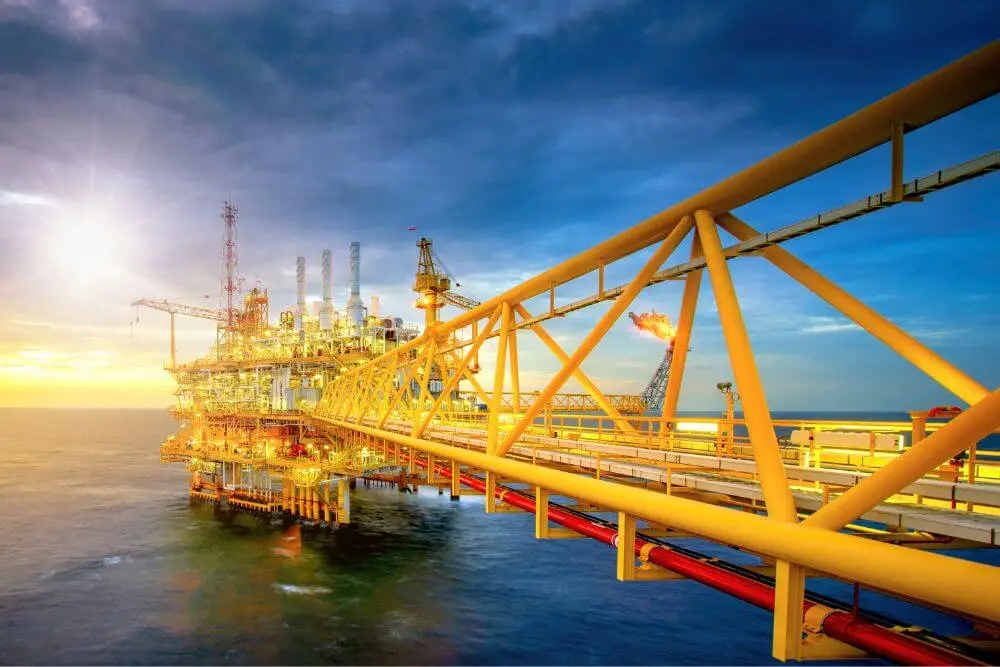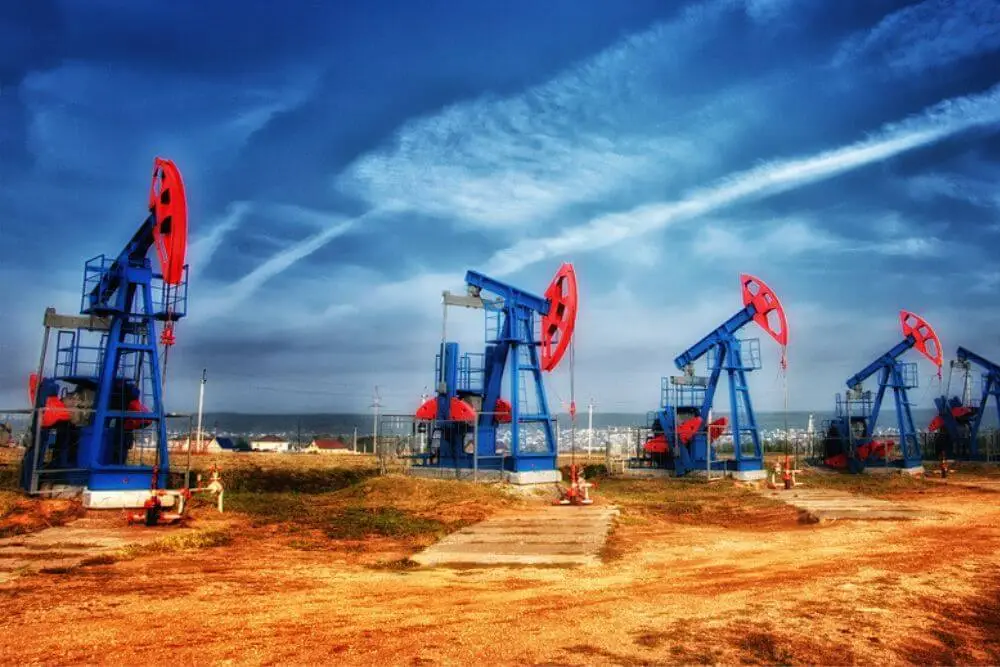155 Hour – Oil and Gas Safety and Health Specialist
This program will help students understand how safety supervisor responsibilities apply to the oil and gas field, where it is important for safety concepts and efforts be targeted to onshore and offshore drilling.
4.9 (881 Ratings)
Course Features
What you’ll learn
Oil and gas employees with safety responsibilities should be properly trained to help make sure they have the necessary knowledge and technical skills to assist safety manager’s and perform other duties as determined by the employer. It is also important for oil and gas safety specialists to stay current in the safety concepts which directly relate to the industry so they can effectively lead employees.
This program will help students understand how safety supervisor responsibilities apply to the oil and gas field, where it is important for safety concepts and efforts be targeted to onshore and offshore drilling. Emphasis is placed on gaining the knowledge and skills to assist in the establishment and management of a successful safety and health program.
This training program is designed for safety specialists, coordinators, and others responsible for implementing their organization`s safety and health program in the oil and gas industry.
This program also benefits individuals seeking to reach their career goal of becoming an oil and gas safety specialist or coordinator. This program helps you develop the essential skills you will need for your future job as a safety specialist.
Whether you are a current or potential safety specialist in the oil and gas industry, by completing this program, you will be able to:
- Properly identify hazards common in the oil and gas industry.
- Communicate those hazards to management and other employees.
- Create effective solutions to current and potential hazards.
- Contribute to safety at your workplace in meaningful ways so your employer takes notice.
- Advance in your career in the oil and gas field.
To qualify for this program certificate, students must complete all required courses.
- Introduction to Safety Management
- Effective Accident Investigation
- Introduction to OSH Training
- Hazards Analysis & Control
- Hazard Communication Program
- Conducting a Job Hazard Analysis
- Personal Protective Equipment
- Energy Control Program
- Introduction to Ergonomics
- Confined Space Program
- Fall Protection Program
- Electrical Safety Basics
- Emergency Action Plan
- Introduction to Machine Guarding
- Introduction to Industrial Hygiene
- Hearing Conservation Program Management
- Bloodborne Pathogens Program Management
- Trench & Excavation Safety
- Fall Protection in Construction
- Oil & Gas Hazards Awareness
- Well Site Preparation & Drilling Safety
- Well Site Completion & Servicing Safety
- Oil & Gas Well Inspection
- Oil Spill Cleanup
- Offshore Oil & Gas Safety 1
- Offshore Oil & Gas Safety 2
Related Courses
In addition to the topics covered in this course, many other related courses can provide additional information and resources. Here are some popular ones.
12+
Years Of Experience
15K+
Qualified Students
10+
Certified Trainers
100+
Courses & Programs
Testimonials
What Students are Saying
Check out our students’ testimonials and know how our institution has created a mark in the arena of professional education & training.
The Future Belongs To Those Who See Possibilities Today
At Safety Institute Pakistan, we understand the importance of preparing for the future. We strive to provide our students with quality education and training that will equip them with the skills and knowledge needed to be successful in their fields.
We are dedicated to helping our students find career success, so they can positively contribute to society. With our courses and qualifications, we are sure that you will be able to find success in your career path.




